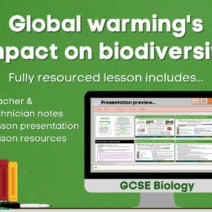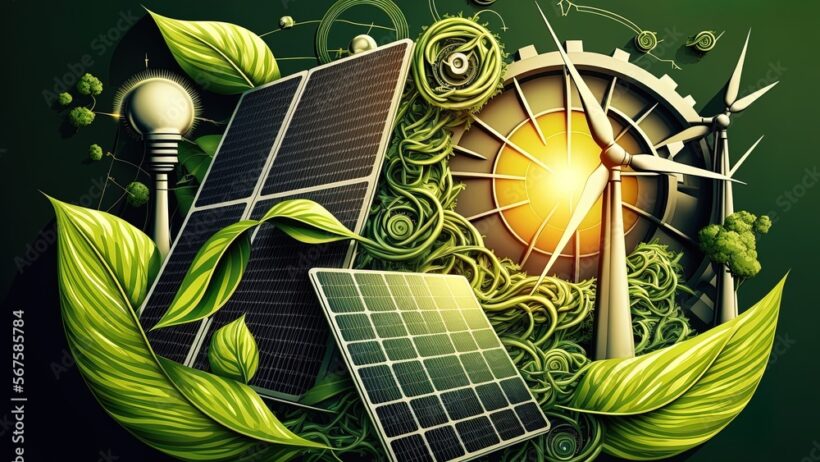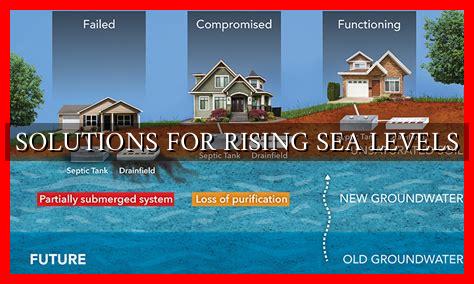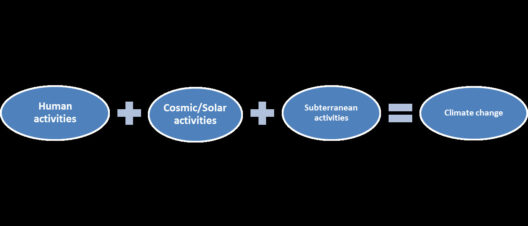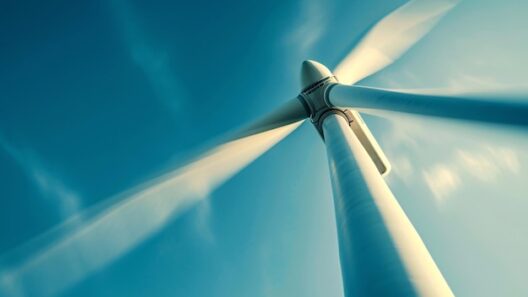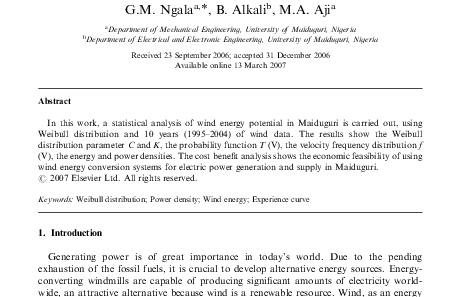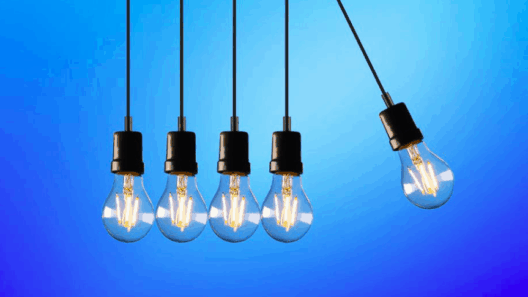Wind energy is not merely a concept; it is a burgeoning reality poised to play a crucial role in the global shift toward sustainable energy practices. As we explore this vibrant facet of renewable energy, we will interrogate what wind energy entails, how it functions, and why it represents an outstanding opportunity for reducing our ecological footprint.
At its core, wind energy harnesses the kinetic energy produced by moving air masses in the earth’s atmosphere. When the wind blows, it possesses energy that can be converted into electricity through the use of wind turbines. These turbines, standing tall on land or offshore, capture wind flows and convert this mechanical energy into electrical energy. This conversion process is remarkably efficient, positioning wind power as one of the most promising sources in the pantheon of renewable energy options.
As we delve deeper into the nuances of wind energy, let us examine the advantages, challenges, and technological advancements associated with this dynamic energy source.
Harnessing the Power of Nature: How Wind Energy Works
Understanding the mechanics of wind energy involves delving into the interplay between atmospheric conditions and technology. Wind turbines boast blades that are aerodynamically engineered to capture airflow effectively. As the blades rotate, they spin a connected shaft, thus converting kinetic energy into mechanical energy, which is then transformed into electric energy through a generator. This fundamental process illustrates the efficiency of wind energy as it dodges reliance on fossil fuels, presenting an eco-friendly alternative.
Wind farms, whether terrestrial or offshore, constitute clusters of wind turbines working in unison to produce electricity on a larger scale. Locations are selected based on wind patterns, geography, and proximity to power grids, ensuring that the generated power can be transmitted effectively to various economic sectors. The concept of distributed generation arises from these setups, whereby energy is produced closer to the end-user, reducing transmission losses and elevating overall efficiency.
A Kaleidoscope of Benefits: Why Choose Wind Energy?
Wind energy extends a plethora of benefits that promote its viability as a sustainable energy source. First and foremost, it is a clean source of energy that produces no harmful emissions. By substituting conventional coal and gas-fired power stations, wind energy can significantly curtail the greenhouse gases contributing to climate change.
Moreover, the operational costs of wind energy are remarkably low once established. The wind is free, and while the initial investment in building a wind farm can be considerable, the economic savings accumulated over time far outweigh the upfront expenses. Additionally, localized wind energy production can lead to energy independence, reducing reliance on imported fossil fuels and creating resilience against volatile energy markets.
Wind energy also offers profound economic opportunities, stimulating job creation in manufacturing, installation, and maintenance of wind turbines. Rural areas, often home to wind farms, witness a surge in economic activity, allowing for community growth and infrastructure development.
Challenges on the Horizon: Navigating Wind Energy’s Limitations
While the advantages are compelling, it is crucial to recognize the challenges wind energy must navigate to reach its full potential. Variability in wind patterns poses a significant hurdle. Wind energy output is not consistent, leading to potential supply gaps during periods of low wind. This intermittency necessitates investments in energy storage solutions and complementary systems that can provide a steady power supply when wind conditions are unfavorable.
Furthermore, the ecological impact of wind turbines should not be overlooked. The deployment of wind farms can affect local ecosystems, particularly avian populations. Concerns regarding bird and bat mortality, as well as habitat disruption, call for careful site assessments and ongoing research into technological advancements that mitigate these adverse effects.
Sailing Towards the Future: Innovations in Wind Power Technology
As society grapples with energy demands and climate change, the innovation tide in wind energy technology showcases remarkable advancements. Contemporary wind turbines are designed not only to harness stronger winds more efficiently but also to operate in a wider range of conditions. The development of larger and more efficient turbine blades amplifies energy capture, even in moderate winds.
Offshore wind farms present another frontier of exploration. By situating turbines in oceanic environments, where winds are often more consistent, these farms can generate substantial amounts of electricity. Yet, the logistics and costs associated with offshore operations require robust engineering and investment, but the potential rewards echo the need for a diversified energy portfolio that can withstand future energy demands.
Additionally, the combination of wind energy with other renewable sources, such as solar power, points to a tantalizing vision of a sustainable energy future. By integrating these resources, we can create hybrid systems that harness the unique strengths of each, fortifying energy security and stability.
In summation, wind energy emerges as a formidable contender in the renewable energy sphere, offering a treasure trove of advantages while presenting challenges that require innovation and adaptation. As we stand on the cusp of an energy revolution, embracing wind power not only serves our immediate needs but also establishes a legacy of sustainability for future generations. It is quintessential to shift our perspective, acknowledging that the very air we often overlook possesses the power to reshape our energy landscape, catalyzing profound changes that resonate with environmental stewardship and ecological harmony.

